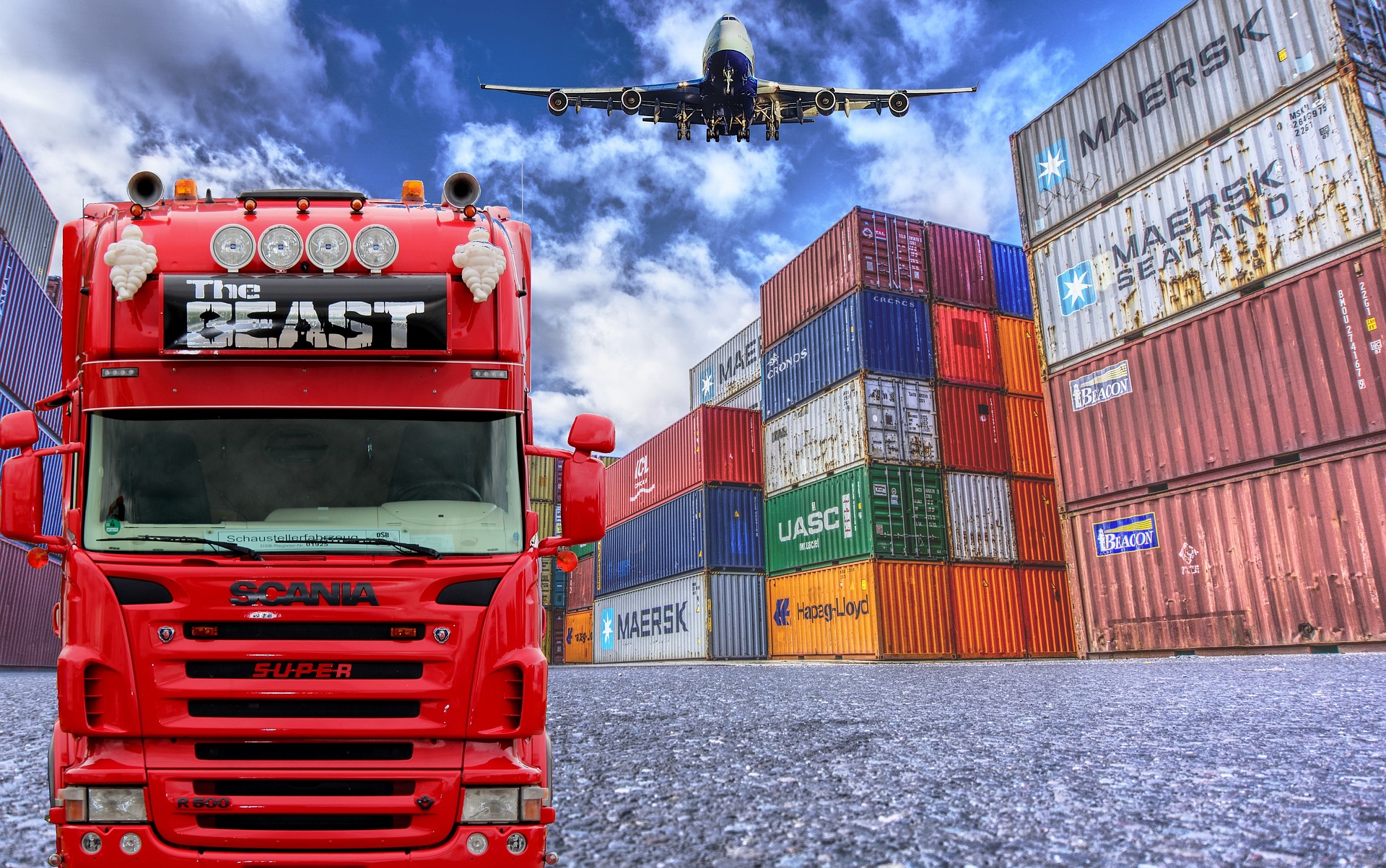Artificial intelligence (AI) and machine learning (ML) are revolutionizing business in what is being called “the Cognitive Age.” Protiviti recently teamed with ESI ThoughtLab to survey more than 450 organizations around the globe about ways this technology is currently being applied, and how that is likely to change over the next two years.
One of the key finding of the survey was that the percentage of organizations seeing moderate to significant impact of AI on their operations is expected to more than double in two years. The highest growth potential is in human resources, compliance, finance, procurement and marketing. While companies readily acknowledge the tremendous potential of “thinking machines,” it’s going to still take a significant amount of human thinking to identify and implement meaningful applications and quantify the return on investment. I want to share a few ideas specific to supply chain, starting with the difference between AI and its simpler cousin, robotic process automation (RPA).
RPA vs. AI
Although RPA and AI are both important process automation tools that came into vogue at about the same time in the digital age and are often confused, they are very different technologies. While RPA is a useful tool for automating human labor – specifically, high-volume, repetitive tasks – it does only what its human handlers tell it to do. AI, on the other hand, simulates human thought, applying historical data and outcomes against prior forecasts, looking for correlations and causal factors and “learning” to make better predictions over time. However, understanding this distinction between RPA (“labor”) and AI (“learning”) may have more theoretical than practical value: When businesses envision the benefits of automation they often envision a combination of the two technologies, even if they don’t fully understand or care to draw the distinction.
Identifying Automation Prospects and Calculating ROI
Many organizations leap into automation with great excitement, but without the care and due diligence an automation project requires. Unlike other projects, companies don’t always approach AI as an investment, with specific ROI goals. It isn’t surprising, then, that many grow disappointed with their initial results.
In supply chain, processes suitable for AI applications, or a combination of RPA and AI, are those that can benefit from better, faster or more accurate analytics and forecasting. Such processes might include developing a sophisticated transportation routing model, demand-planning algorithms that incorporate weather and other causal factors, or document scanners capable of extracting and matching key contract and payment information from unstructured documents, that previously would have required human intervention.
Once the AI prospects have been identified, they should be prioritized by their ROI potential. The most common benchmark is how much time it takes to execute that process under current practices, and the value that could be realistically created by reallocating those human and financial resources in a more strategic way. With simple RPA applications, it is common to also calculate the likely reduction in human errors. With AI, the comparable benefit might come from improved procurement-related savings, decreased inventory, shorter production cycle times, advanced supplier relations, or optimized transportation models.
Big Data, Big Impact
There is no doubt in my mind that AI can transform the supply chain. Take something as fundamental as logistics. There are things AI can do – incorporating weather data, tractor-trailer combinations, road conditions and freight characteristics to estimate delivery times, for example – that would be extremely difficult for a transportation manager to keep up with.
There are a ton of variables that could affect the cost and timely delivery of materials. A model that can incorporate a wide range of these variables and learn to improve scheduling, costs and sustainability is worth its (virtual) weight in gold. And because this is AI, that model actually gets better over time as the machine learns and hones its predictive capabilities.
Contract management is another area where AI can make a big difference. Data collected by the International Association of Contract and Commercial Management (IACCM) found that almost 40% of contracts don’t deliver expected financial benefits, and that inefficiencies cost businesses an average of 9% of annual revenue.
AI innovations are already helping organizations eliminate the labor-intensive task of manually searching paper contracts for important data such as terms, dates and compliance requirements. Using AI to analyze contracts allows organizations to reduce risk by easily verifying that all parties are living up to the terms and conditions of the contract. For example, if key contract-related dates are unknown or not tracked effectively, there’s a good chance a significant deadline or milestone will get missed. AI reduces the milestone management burden, which in turn reduces compliance-related risks.
Ultimately, however, it all boils down to data – the more (and more accurate) data an organization has, the better its ability to predict supply and demand. Luckily, there is no shortage of data when it comes to supply chain and logistics, and many organizations are investing heavily in data governance and data management systems to harness the stream of big data produced by finance, accounting and procurement systems and various IoT devices. Now is the time to utilize this internal data, along with the trove of externally available information, to create a more intelligent supply chain operation that incorporates predictive factors most organizations don’t have the ability to account for today. This data could be as simple as the weather forecast, or as subtle as the tone and frequency of communications on social media.
As much fun as it is to talk about autonomous vehicles and drones, the biggest impacts organizations are likely to see from AI over the next couple of years are going to be from routine activities, such as improved inventory forecasting, or the elimination of paper processes. This may seem insignificant at the transactional level but can add up to millions of dollars in savings across an enterprise.
To learn more about the transformative potential of AI, download a copy of the survey.





